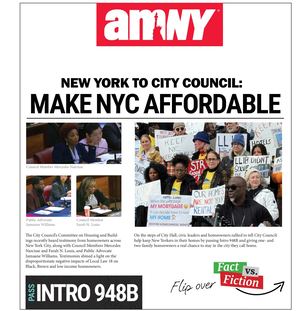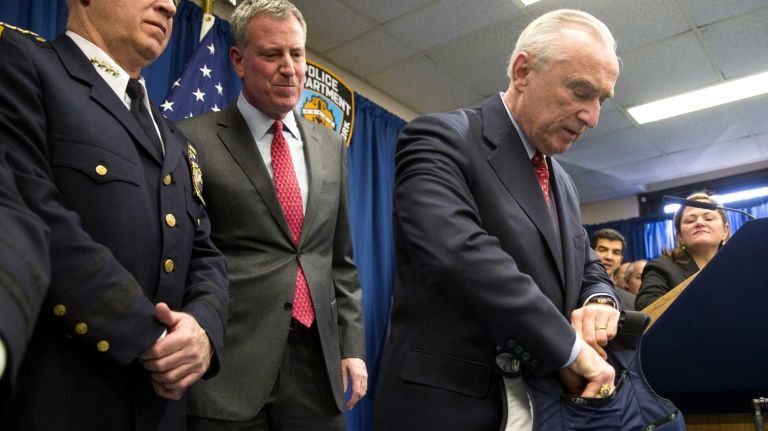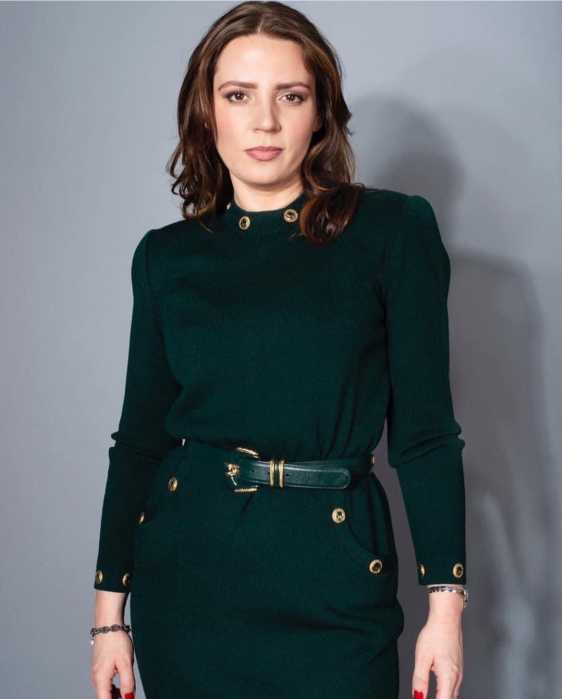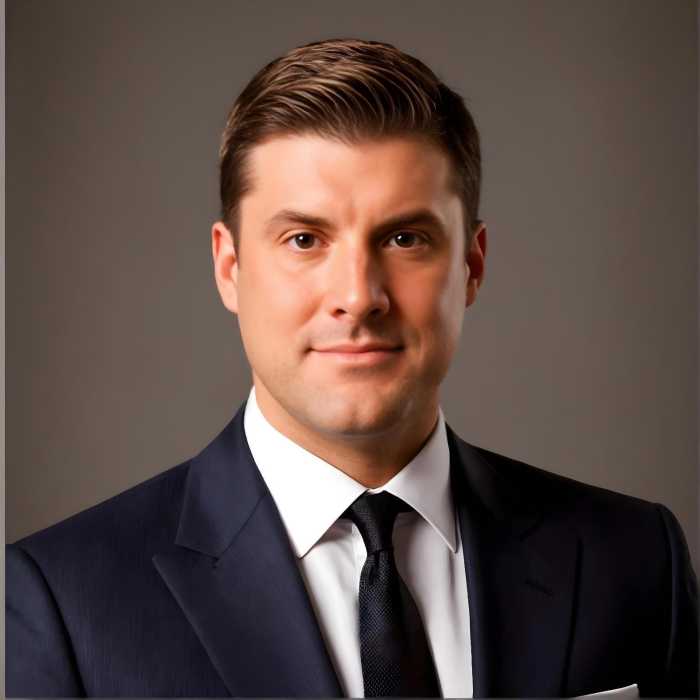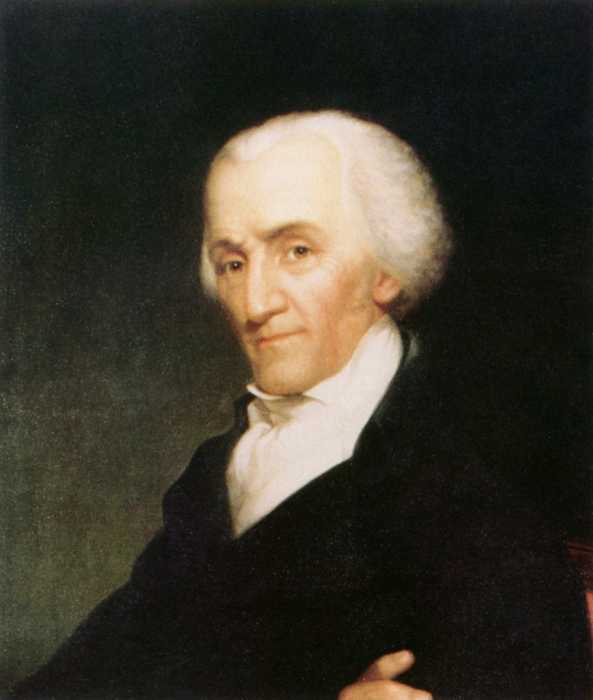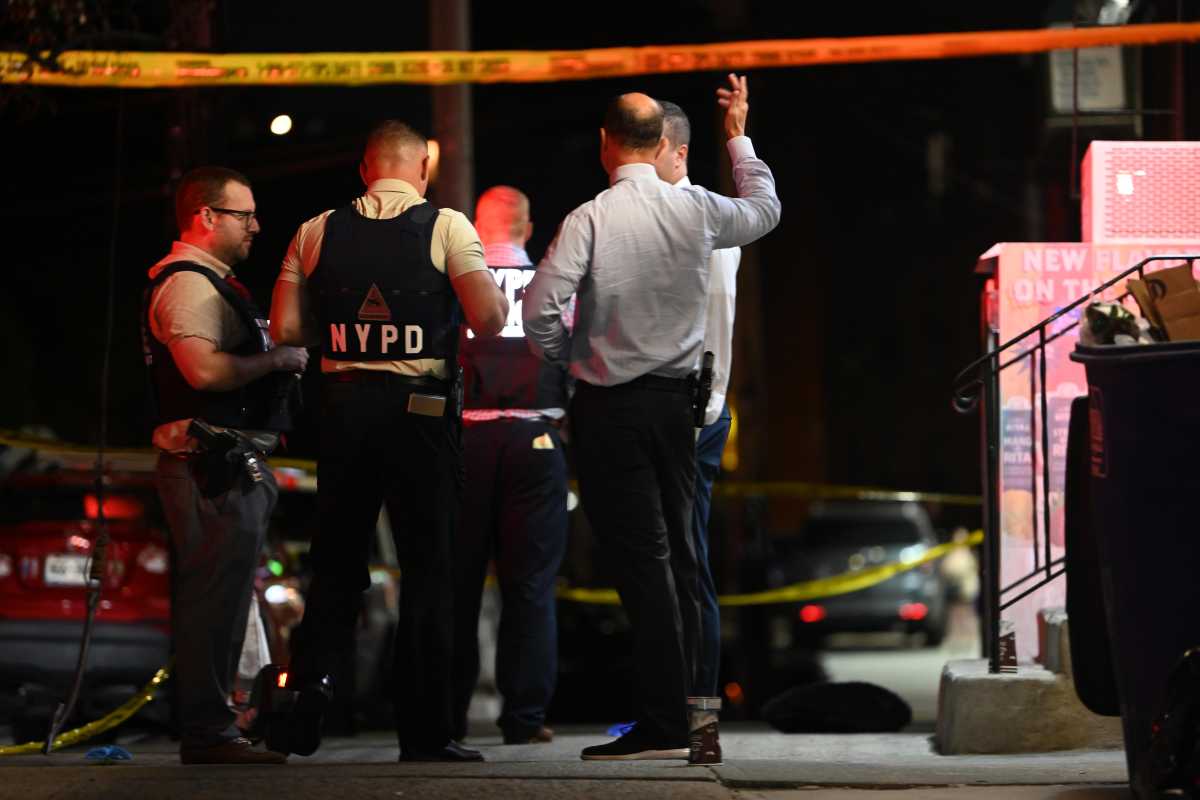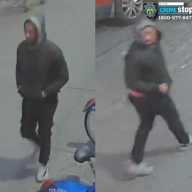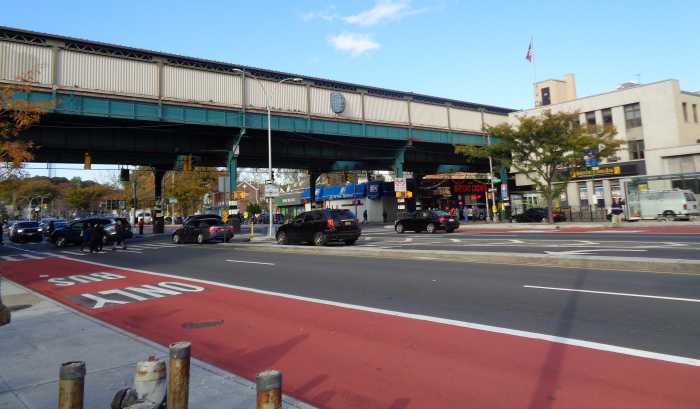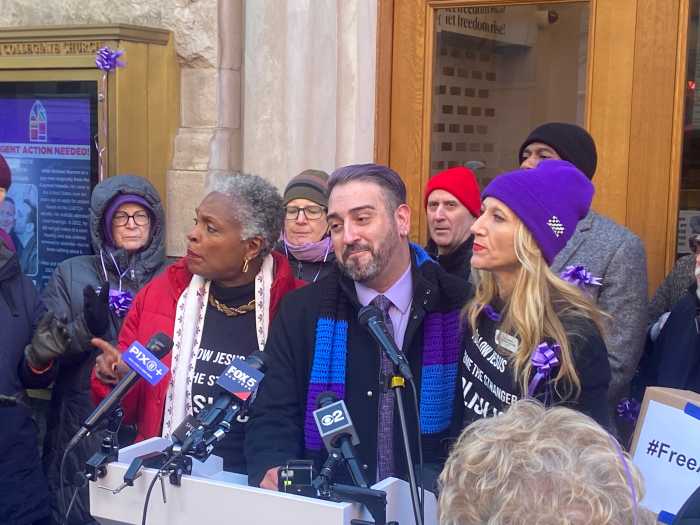As part of Mayor Bill de Blasio’s learning curve, it looks like the NYPD may be getting more cops.
Some estimate the number at close to the 1,000 officers Police Commissioner Bill Bratton requested last year, which the mayor had rejected as unnecessary.
But with the number of cops down 15% since its high of more than 40,000 at the time of 9/11, support from some city officials for Bratton’s call, and a slight rise in the homicide rate, de Blasio may be about to alter his position. Bratton declined to comment on the subject of more cops last week, citing the “budgetary process.”
But around Police Plaza, people are willing to discuss numbers, albeit off the record. Two top officials separately suggested the increase might fall between 500, the number advanced by Public Advocate Letitia James, and Bratton’s number of 1,000 — and probably closer to the latter.
According to a top department official who declined to speak for attribution, the new cops would be on two citywide task forces now being assembled.
The first is the projected 350-officer Critical Response Vehicles task force under Deputy Commissioner John Miller. A counterterrorism task force, it was staffed by two officers each day from precincts, the Housing Bureau’s police service areas and the boroughs’ transit bureaus.
The second task force is being developed by Chief of Department James O’Neill. Theoretically, this will become a high-level squad, responding to major events, and have open career paths that could lead to prestigious assignments such as harbor or mounted units. O’Neill also is seeking to replace localized borough and precinct details, many of which have been degraded in size, and whose duties and boundaries overlap.
All this would allow hundreds more cops to patrol the precincts. While many would respond to radio calls, others would participate in the chimera of “community policing” — a chimera because each police commissioner defines community policing differently.
When Rudy Giuliani became mayor and appointed Bratton police commissioner in 1994, both ridiculed community policing as “social work.”
Now with crime low and tensions high between the department and black New Yorkers, the department line is that this may be the time to revamp it.
